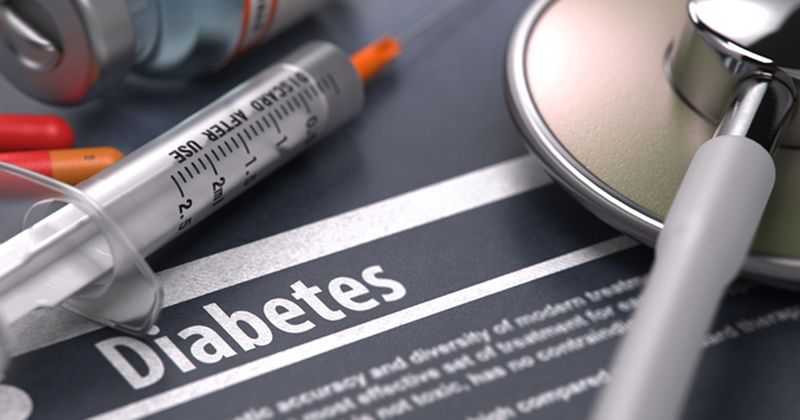Early CGM initiation linked to lower HbA1c at 3 years for pediatric type 1 diabetes
Key takeaways:
- Children initiating CGM within 6 months of a type 1 diabetes diagnosis had a lower HbA1c at 3 years than those starting CGM at 6 to 12 months.
- Seventy-five percent of non-Hispanic Black children did not use CGM.
SAN DIEGO — Children with type 1 diabetes who began using a continuous glucose monitor within 6 months of diagnosis had a lower HbA1c at 3 years than those who started CGM 6 to 12 months after diagnosis, according to a speaker.
“This multi-institution analysis of more than 10,000 people with type 1 [diabetes] shows long-term HbA1c improvement for individuals able to initiate CGM within 6 months of diagnosis,” Elizabeth A. Mann, MD, assistant professor of pediatric endocrinology and diabetes at the University of Wisconsin-Madison, said during a presentation at the American Diabetes Association Scientific Sessions. “Timing of CGM initiation in this cohort was independent of age, gender or insurance type. These clinical data have a disparity in technology access with non-Hispanic Black youth less likely to use CGM. This is consistent with epidemiological data that show lower diabetes technology uptake in minority populations.”

Researchers analyzed data from children and adolescents aged 17 years and younger with type 1 diabetes who reported CGM use data from 2017 to 2022 and attended clinics participating in the T1D Exchange Quality Improvement Collaborative. Participants were classified as having initiated CGM within 3 months of diagnosis (n = 2,306), 3 to 6 months after diagnosis (n = 1,440), 6 to 12 months after diagnosis (n = 1,593) or as a non-CGM user (n = 5,500). HbA1c was collected from diagnosis to 3 years.
Children who initiated CGM within 3 months of diagnosis had a median HbA1c of 7.3% over 3 years, and those who started CGM at 3 to 6 months after diagnosis had an HbA1c of 7.5% compared with a 7.9% HbA1c for those who initiated CGM at 6 to 12 months after diagnosis and an 8.1% HbA1c for non-CGM users (P < .001).
HbA1c trajectories increased during the study in all groups. Those who initiated CGM at 6 to 12 months after diagnosis had a higher HbA1c at 12 months and 18 months than the other CGM groups, but Mann said the gap in HbA1c between the three CGM groups shrank at 24, 30 and 36 months.
Of non-Hispanic Black children participating in the study, 75% were not CGM users and 25% reported using a CGM (P < .00025). There were no differences in CGM use observed for non-Hispanic white children and Hispanic children.
Mann discussed several ways the health care community can improve early CGM initiation among children with type 1 diabetes as well as reduce disparities in diabetes technology use.
“Future efforts really need to focus on system improvements that not only support CGM use, but also support early access to CGM,” Mann said. “Rather than focus on interventions that improve access universally, which may inadvertently increase disparities despite improving overall access, [quality improvement] efforts really need to focus on disadvantaged or marginalized populations that have lower uptake in order to reduce that disparity.”
Mann said implicit provider bias must be addressed to reduce CGM disparities.






